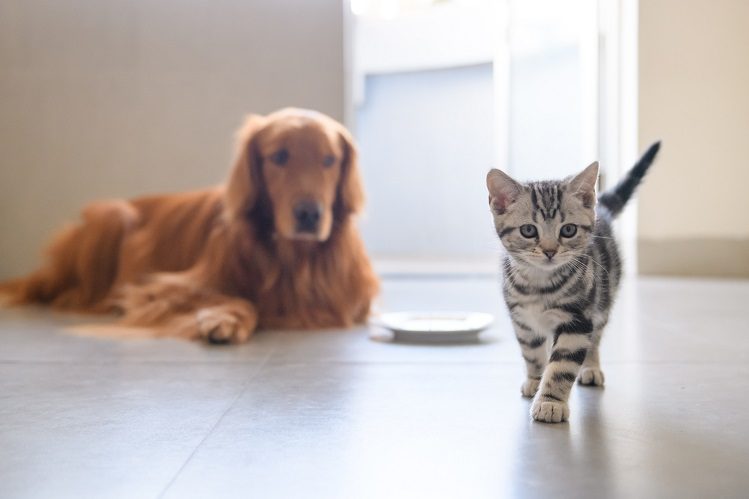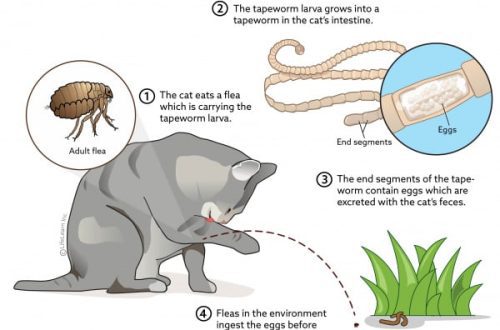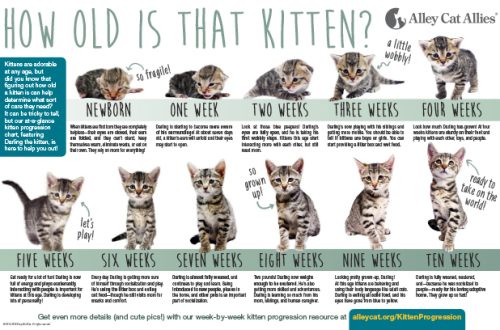
Protein quality in feed: why it matters
Cats and dogs become full members of the family. We try to give them the best, just like our children. It all starts with proper nutrition – the foundation of the foundations of a healthy, happy life. Today we will talk about the sources of protein in food: what you need to know about them in order not to make a mistake with the choice of food.
Cats and dogs (even the smallest and most affectionate) are primarily predators, so the basis of their diet should be meat.
Before buying food, carefully study its composition. In the first places in the list of ingredients are indicated those that are used in larger quantities, i.e. basic components. It is very important that meat is in the first place in the list of ingredients.
The first ingredient in the feed should be quality fresh and/or dehydrated (dehydrated) meat. Muscle fiber, not bones.
Another important point. You must clearly understand what kind of meat is included in the composition and in what quantity. If the packaging says vaguely “meat products”, this is not your choice. Responsible brands always disclose the composition. For example, salmon 26% (fresh salmon 16%, dehydrated salmon 10%), dehydrated herring 8%, dehydrated tuna 5%.

Fresh meat in the composition is excellent. Such food is tastier and more attractive for pets. But there is an important rule. If we are talking about a dry diet, then in the composition list, after fresh meat, dehydrated (that is, dry) must necessarily go. Why?
During the production process, moisture from fresh (i.e. raw) meat evaporates. The weight of the meat is reduced and in fact the following becomes the main ingredient in the feed. That is, the one that is listed second after fresh meat. It is desirable that it be dehydrated meat, not cereals. For example, here’s what we see in Core dog food: Lamb 38% (fresh lamb 20%, dehydrated lamb 18%). And then the rest of the ingredients.
Protein sources are fish, seafood and meat, which are part of the feed. It can be shrimp, salmon, chicken, turkey, rabbit, lamb, beef, venison, etc., as well as a combination of them.
How to choose a protein source? It all depends on the taste preferences and health characteristics of your dog or cat. If the pet does not have allergies, food intolerances or other diseases, you can choose a diet solely from his taste preferences. Sometimes animals require a therapeutic diet, but here, as a rule, there is plenty to choose from.
If a pet has an intolerance to a particular protein source, mono-protein diets are suitable for him – that is, feed with one meat component. For example, if a cat has a negative reaction to chicken, you simply purchase salmon, rabbit, or any other source of protein for her.

Imagine a situation. My cat has an allergic reaction to chicken food. But there is no such reaction to food with a similar composition from another manufacturer. What can be wrong?
Poor quality ingredients may be used in the feed. As a result, the pet has a reaction. The owner may mistake it for a chicken allergy in general. But perhaps the pet does not have a food intolerance and it is not the protein source itself that is to blame, but its quality. Therefore, it is better to choose rations not lower than the premium class.
A good source of protein is:
palatability
no digestive problems
high digestibility of amino acids
nutritional value.
When following the feeding norm, the cat or dog receives the amount of energy they need. This means that you will not become a witness to a situation where the pet is, as it were, “wasted”, does not eat up and constantly asks for supplements.
Now you have an even better understanding of the composition of food and know what to choose for your ponytail!





